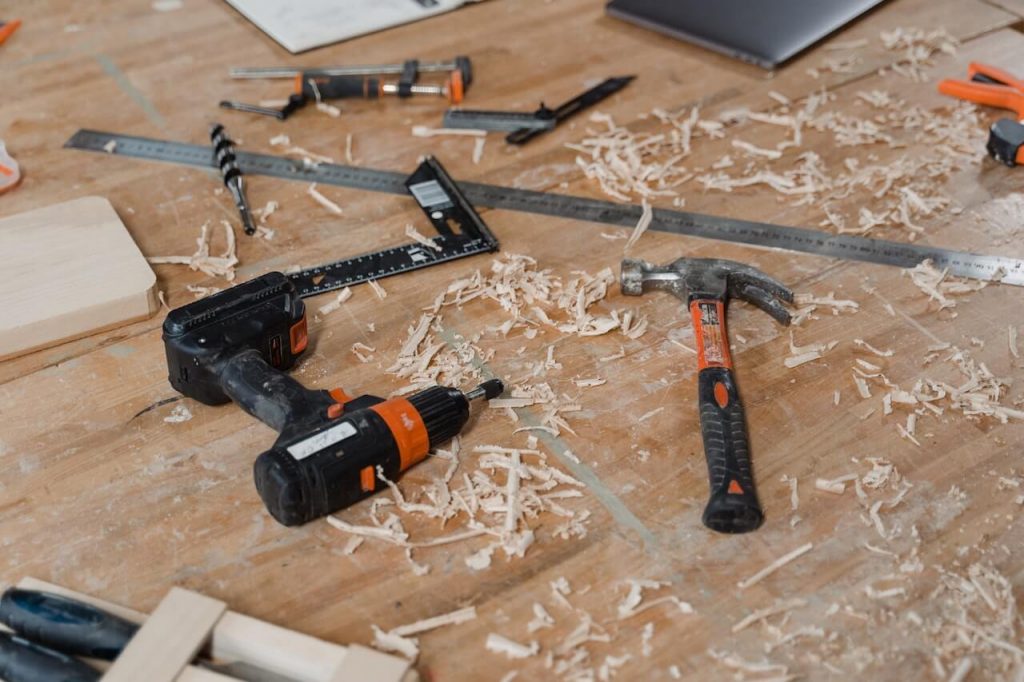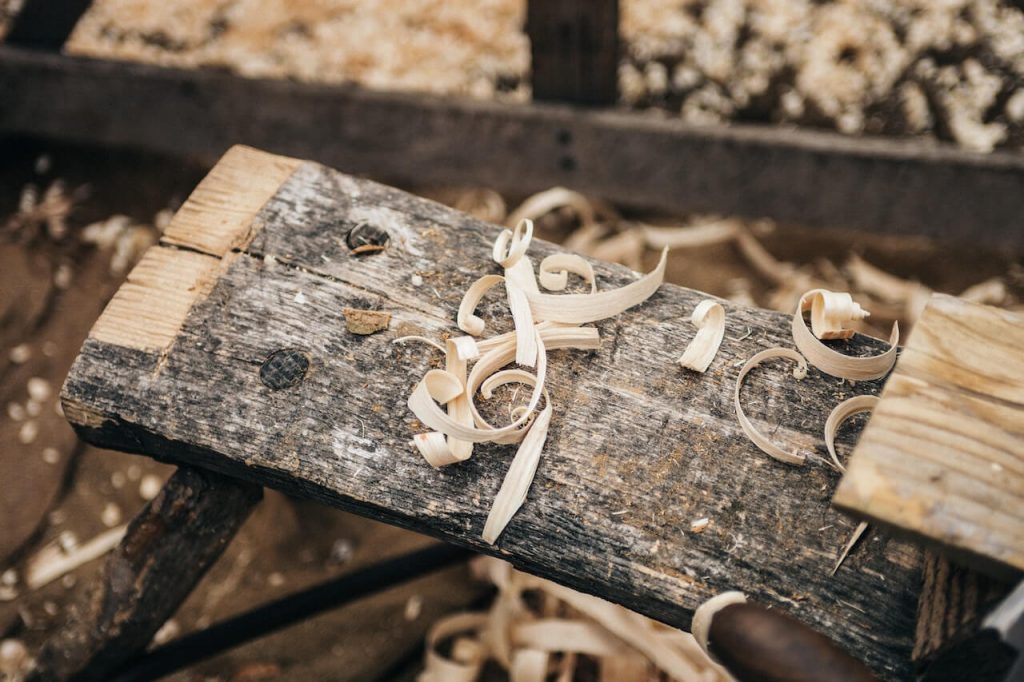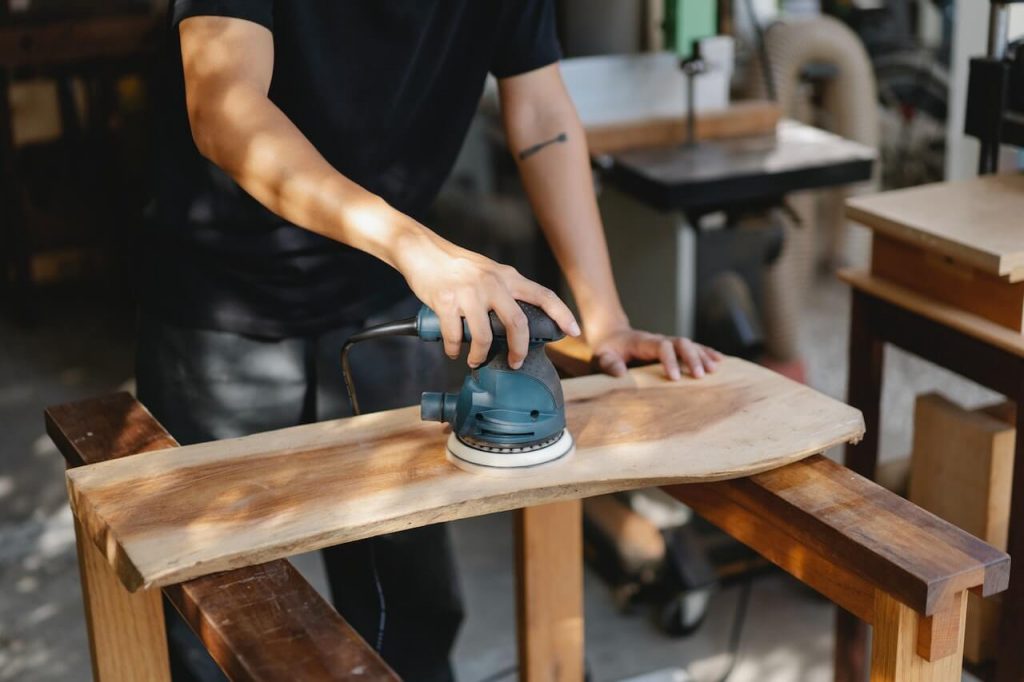Embarking on the journey of embracing the DIY lifestyle opens up a world of self-expression and creativity. One of the most fulfilling ways to channel your creative energy is through woodworking—a craft that allows you to transform raw materials into functional and beautiful creations. Whether you’re a beginner looking to explore a new hobby or someone seeking to expand their DIY skills, this comprehensive guide will provide you with the essential knowledge to embark on your woodworking adventure. So, grab your tools, roll up your sleeves, and let’s dive into the captivating world of woodworking.
Discovering the Beauty of Woodworking
Before delving into the practical aspects of woodworking, it’s important to appreciate the inherent appeal of this craft. Woodworking connects us with nature, allowing us to create with a material that possesses character, warmth, and a timeless aesthetic. The versatility of wood offers endless possibilities for creating furniture, home decor items, and personal gifts that reflect your unique style and taste. From rustic farmhouse pieces to sleek modern designs, woodworking enables you to bring your vision to life.
Setting Up Your Woodworking Workshop

Finding the Ideal Workspace:
To fully embrace the DIY lifestyle and immerse yourself in woodworking, it’s crucial to establish a dedicated workspace. Consider the available space in your home, such as a garage, basement, or even a corner of your backyard. Aim for an area that offers ample room for your tools, materials, and a sturdy workbench. Ensure good ventilation, proper lighting, and access to power outlets.
Essential Tools for Beginners:
As you embark on your woodworking journey, start with a basic set of tools. These include a miter saw for making precise cuts, a table saw for rip cuts and crosscuts, a jigsaw for curved and intricate cuts, chisels for shaping and carving, hand planes for smoothing surfaces, clamps for holding pieces together, measuring tools such as a tape measure and combination square, and a power drill for drilling holes and driving screws. These tools will serve as the foundation of your woodworking toolkit, and you can gradually expand your collection as you take on more complex projects.
Woodworking Techniques for Beginners

Getting Acquainted with Woodworking Joints:
Woodworking joints are the building blocks of sturdy and aesthetically pleasing projects. Begin by familiarizing yourself with common joints such as butt joints, where two pieces of wood are joined at their ends; miter joints, which form a clean and angled joint; dado joints, which involve creating a groove to fit another piece of wood; and dovetail joints, known for their strength and decorative appeal. Understanding these joints and practicing their execution will significantly enhance your woodworking skills.
Mastering the Art of Measurement and Marking:
Accuracy is paramount in woodworking. Learn how to use a tape measure to take precise measurements, a combination square to ensure right angles and straight lines, and a marking gauge to mark lines and dimensions accurately. These tools will enable you to lay out your projects with precision, ensuring that your cuts and joinery are accurate and fit together seamlessly.
Starting Your First Woodworking Project

Choosing the Right Project:
Select a beginner-friendly project that aligns with your interests and goals. Cutting boards, wooden boxes, and picture frames are excellent choices for honing your skills and gaining confidence. These projects involve basic techniques such as measuring, cutting, sanding, and assembling. Starting with smaller projects allows you to practice essential skills before moving on to more complex endeavors.
Gathering Materials:
Carefully choose the type of wood that suits your project. Popular options for beginners include pine, oak, maple, and cherry, as they are readily available and relatively easy to work with. Visit local lumberyards or explore online suppliers to find high-quality materials that fit your budget. Consider the grain pattern, color, and hardness of the wood to ensure it aligns with your desired project outcome.
Step-by-Step Execution:
Break down your project into manageable steps to maintain a systematic approach. Begin by measuring and marking your wood pieces according to your project’s specifications. Use your chosen tools, such as a miter saw or jigsaw, to make precise cuts. Sand the surfaces to a smooth finish using sandpaper or a power sander. Assemble the pieces using appropriate joinery techniques, applying glue or screws where necessary. Finally, consider applying a suitable wood finish or paint to protect the wood and enhance its appearance.
Embracing the DIY Lifestyle through Woodworking

Cultivating Creativity and Self-Expression:
Woodworking offers a unique opportunity to unleash your creativity and add a personal touch to your projects. Customize your creations with unique designs, engravings, or inlays. As you gain confidence, experiment with different wood species, joinery techniques, and finishes infusing your distinct style into every piece. Woodworking allows you to express your personality and create one-of-a-kind items that truly reflect your artistic vision.
Problem-Solving and Skill Development:
Woodworking presents challenges that encourage problem-solving and critical thinking. From measuring and cutting wood accurately to troubleshooting issues during the assembly process, each project is an opportunity to enhance your skills and expand your capabilities as a woodworker. Embrace these challenges as valuable learning experiences, and with each obstacle overcome, you’ll gain confidence and grow as a craftsman.
Woodworking is more than just a hobby—it’s a captivating journey of self-discovery, creativity, and personal growth. By embracing the DIY lifestyle and delving into the art of woodworking, you unlock a world of endless possibilities. From designing and building furniture to crafting unique gifts, woodworking allows you to transform raw materials into tangible expressions of your creativity. So, grab your tools, let your imagination soar, and embark on a woodworking adventure that will bring you joy, fulfillment, and a deeper connection with the art of creation. Embrace the beauty of wood, the power of craftsmanship, and the satisfaction of seeing your dreams materialize into reality. Happy woodworking!
